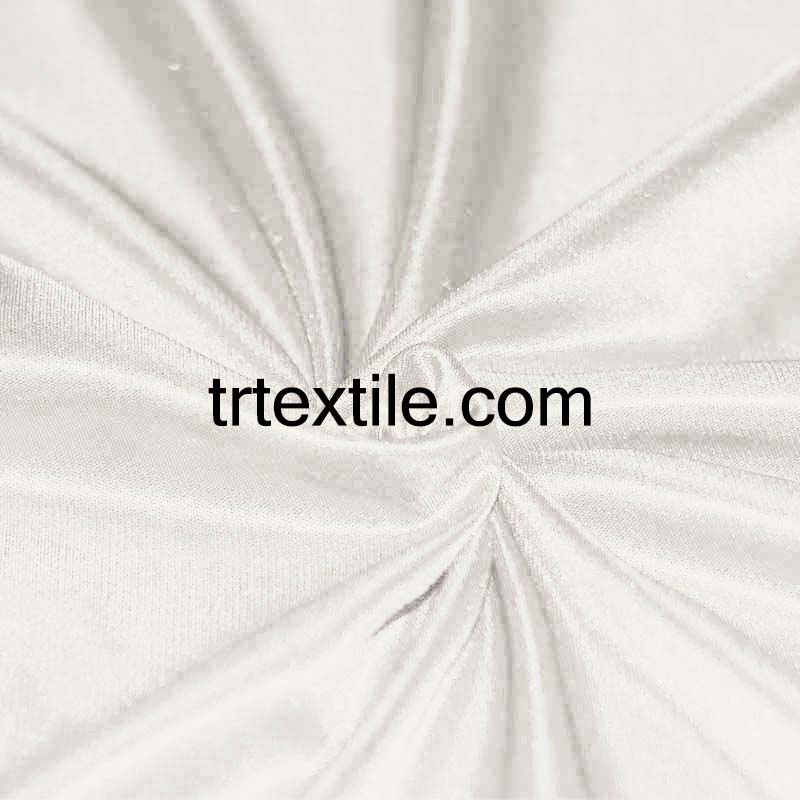Ecru lining fabric is a versatile and timeless material that is commonly used in a variety of sewing projects. Its neutral tone and soft texture make it a popular choice for lining garments, bags, and other textiles. In this article, we will explore the characteristics of ecru lining fabric, its uses, and some tips for working with this versatile material.
What is Ecru Lining Fabric?
Ecru lining fabric is a type of fabric that is typically made from a blend of cotton, polyester, or a combination of both. It is known for its natural color, which is a light beige or off-white hue. The word “ecru” is derived from the French word for unbleached or raw, and it is commonly used to describe fabrics that have a natural, unbleached appearance.
One of the key features of ecru lining fabric is its soft and smooth texture. It is often used to line garments and accessories because of its gentle feel against the skin. The fabric is also lightweight and breathable, making it comfortable to wear in a variety of climates.
Uses of Ecru Lining Fabric
Ecru lining fabric is commonly used in a wide range of sewing projects. One of the most common uses for this fabric is as a lining for garments. Lining fabric is used to provide structure, support, and comfort to clothing items such as jackets, skirts, and dresses. Ecru lining fabric is a popular choice for lining garments because of its neutral color, which complements a wide range of outer fabrics.
In addition to garments, ecru lining fabric is also used in accessories such as bags, purses, and hats. The soft texture of the fabric makes it ideal for lining bags and purses, providing a luxurious feel and protecting the contents of the bag. Ecru lining fabric is also commonly used in hats to provide structure and support to the brim.
Tips for Working with Ecru Lining Fabric
Working with ecru lining fabric requires some special considerations to ensure a professional and polished finish. Here are some tips for working with this versatile material:
1. Pre-wash the fabric: Before using ecru lining fabric in a sewing project, it is important to pre-wash the fabric to remove any shrinkage. This will prevent the lining from puckering or distorting after the garment is made.
2. Use a sharp needle: When sewing with ecru lining fabric, it is important to use a sharp needle to prevent snagging and tearing. A size 70/10 or 80/12 needle is recommended for sewing with lining fabric.
3. Use a lining pattern: When lining a garment or accessory, it is important to use a lining pattern that is specifically designed for the project. This will ensure that the lining fits properly and does not add bulk to the finished item.
4. Press carefully: When working with ecru lining fabric, it is important to press the fabric carefully to avoid leaving shiny marks or damaging the delicate fibers. Use a low heat setting on your iron and press the fabric from the wrong side to prevent damage.
Overall, ecru lining fabric is a versatile and timeless material that is perfect for a wide range of sewing projects. Its soft texture, neutral color, and breathability make it a popular choice for lining garments, bags, and accessories. By following these tips for working with ecru lining fabric, you can create beautiful and professional-looking pieces that will stand the test of time.




